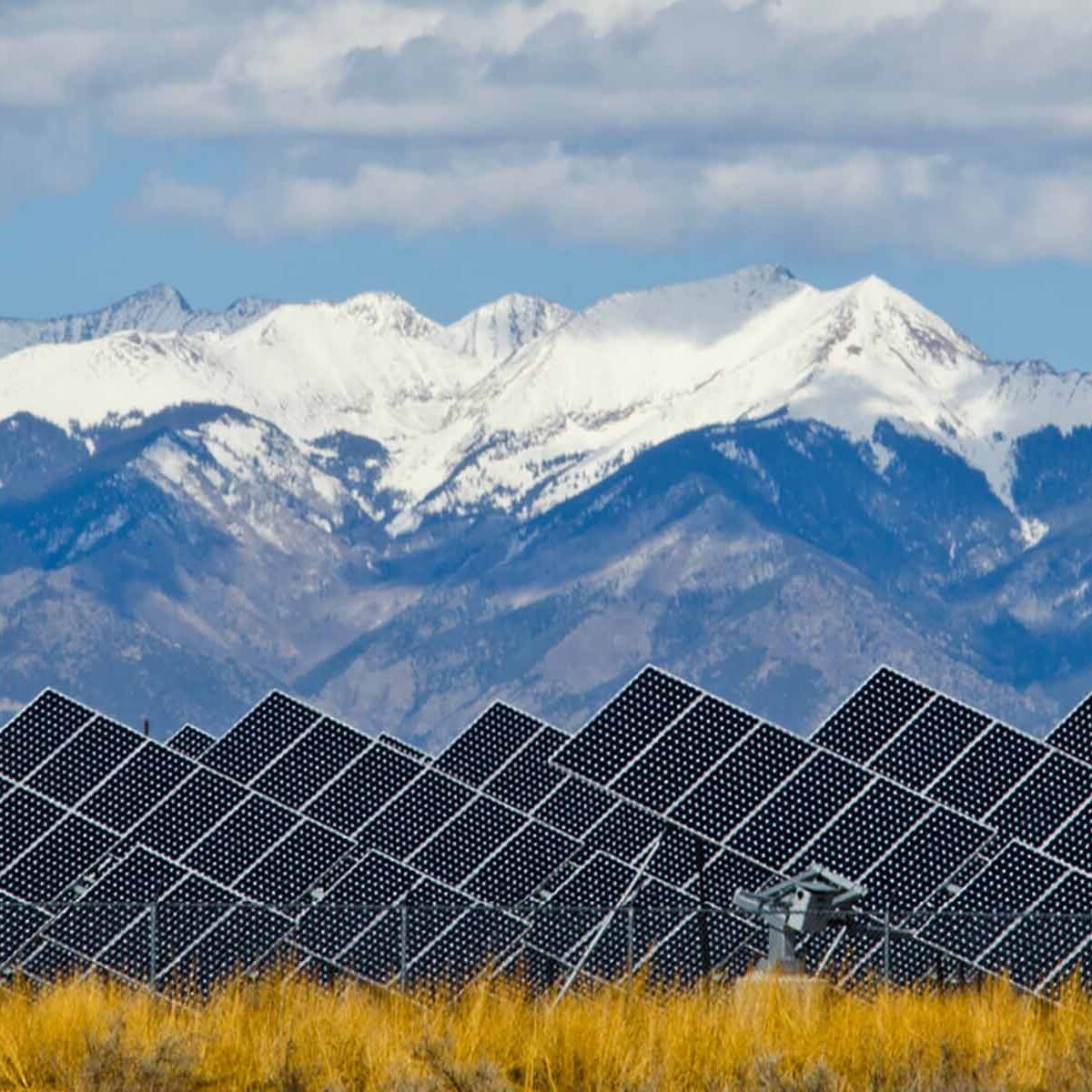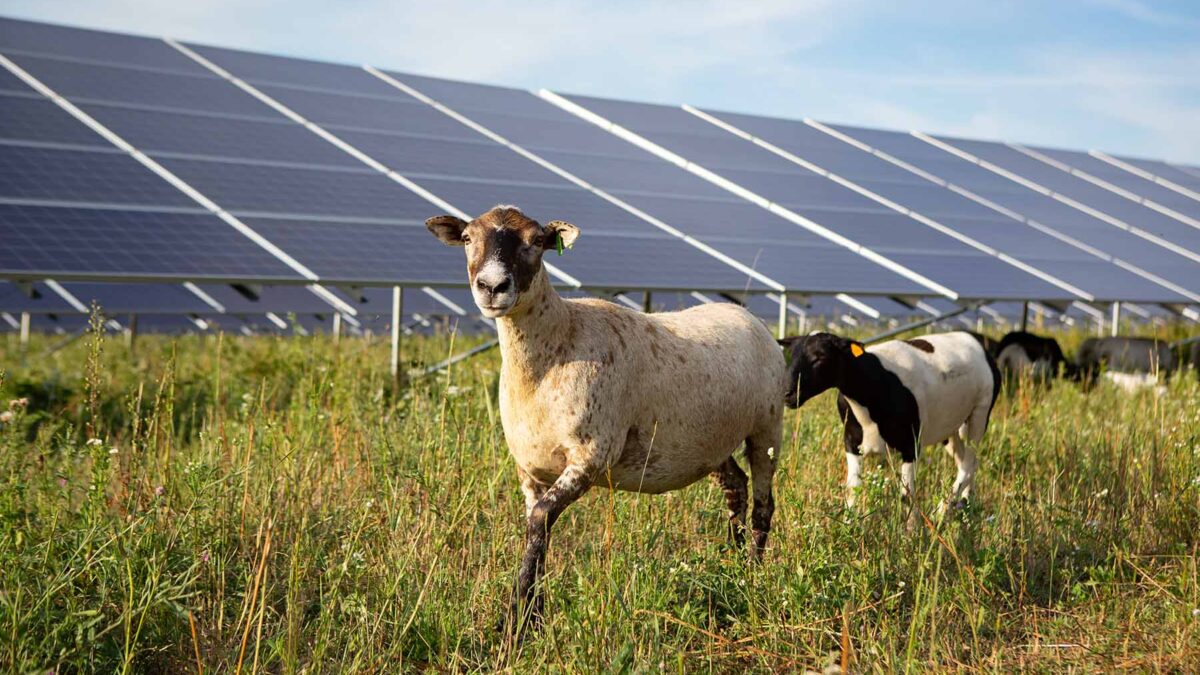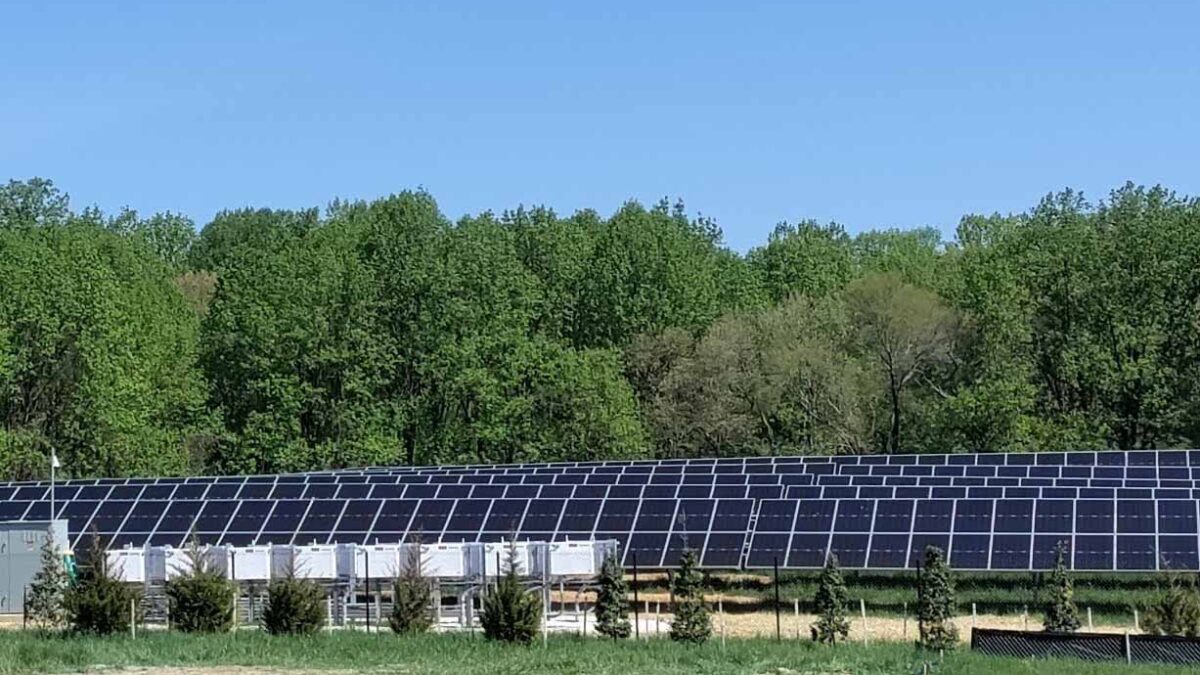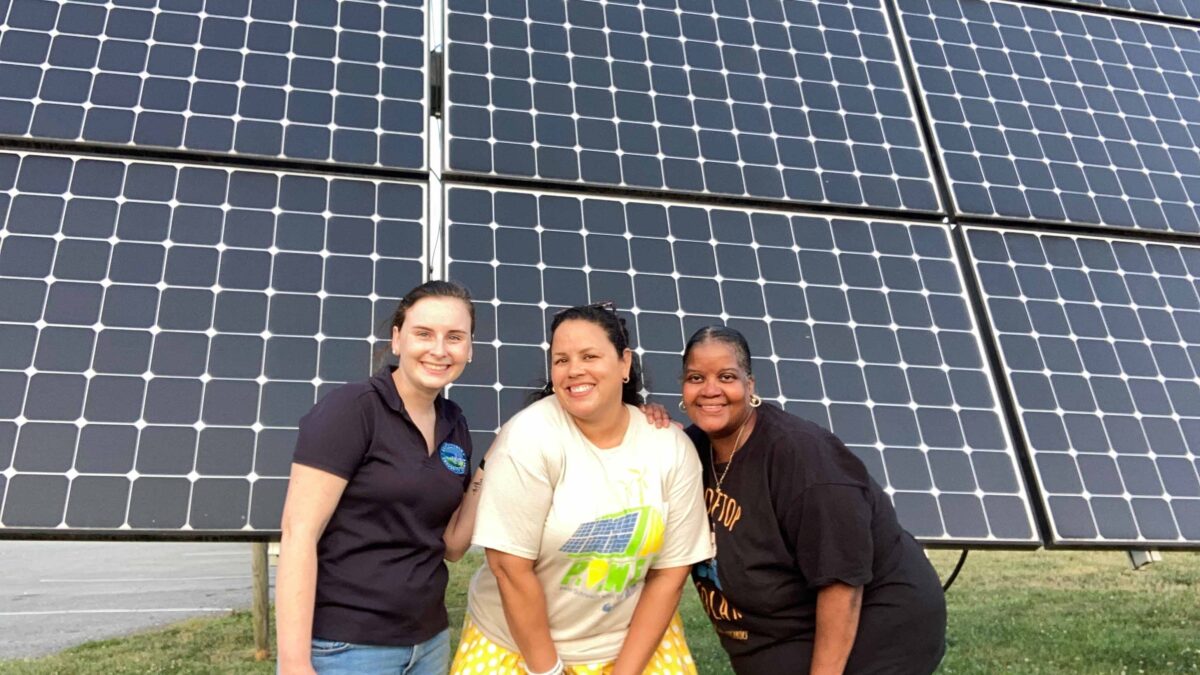What to consider when shopping for
Community Solar: Part 2

Want community solar? Here’s what to look for
Community solar varies by state and even by utility. To find the project that’s best for you, it’s important to know what to look for.
We’ll give you the scoop to help you shop wisely. Start here to be your own best advocate!
Need a primer first? Check out our community solar overview.
What to know before subscribing
Ask for and review the subscriber agreement. There, you’ll see details about the cost of the subscription, the length of the contract, termination fees, and more. Read it carefully and ask questions before signing.
Questions to ask when choosing community solar:
- How much will I pay per kilowatt-hour?
- How does that compare to what I would’ve paid to my utility?
- How long is the contract?
- Will my savings be the same every month?
- When will I start seeing credits on my utility bill?
- When will I start getting billed by the subscription provider (if different from the utility)?
- What happens if I move, inside or outside of the utility area?
- Are there late fees and cancellation fees?
- How many kilowatt-hours will my subscription provide yearly?
Subscription types
When you subscribe to a community solar project, you’ll sign a contract or agreement with the provider. Contracts should disclose information such as contract price, term length, additional charges, renewal, dispute resolution, insurance, and system maintenance.
Review the contract or agreement carefully before signing it. The contract may be short-term and easily canceled, but it might not be. It might be a long-term contract like a mortgage or car loan. Check the terms you’re being offered and ask questions. Carefully review the rules and structure. Understand how much you’ll pay for the energy and whether your cost will go up over time.
Below are three common types of community solar subscriptions. Consider what may work best for you:
Fixed rate
Each kilowatt-hour (kWh) you purchase from the subscriber organization is at a fixed rate for the life of your contract. Your cost doesn’t change.
Escalating rate
Each kilowatt-hour (kWh) you purchase from the subscriber organization is at a fixed rate to start, but the cost goes up at a fixed rate yearly.
Percentage discount
Each kilowatt-hour (kWh) you purchase from the subscriber organization is at a fixed percentage below the cost of utility energy. This means it may go up over time as the cost of utility energy increases.
Time between subscription and savings
For community solar projects already in operation, ask your provider when you can expect to start seeing savings on your electric bills.
If the community solar project isn’t yet built, there are a few things to be aware of.
- First, understand that community solar providers have to get a certain number of subscribers in order to build the project. Subscriber fees enable providers to spend the money it takes to hire a solar installer.
- In these cases, it can take three to six months from the time you subscribe to see savings in your overall utility expenses.
- You’ll want to gather information about the solar company building the project to ensure it is a reputable company. You’ll want to get an estimate of how long it will take to build the project. The longer it takes, the more time before you begin to see a return on investment.
Learn more about community solar

The community solar directory

How community solar works

Advocate for community solar in your state
The community solar directory
On our next page, you can look through available community solar projects in your area, without bias or pressure to purchase.
Get the latest on solar straight to your inbox.
Fight for your solar rights.
Everyone has the right to go solar. Spread the sunshine nationwide and in your local community by taking action, joining events, and more.
